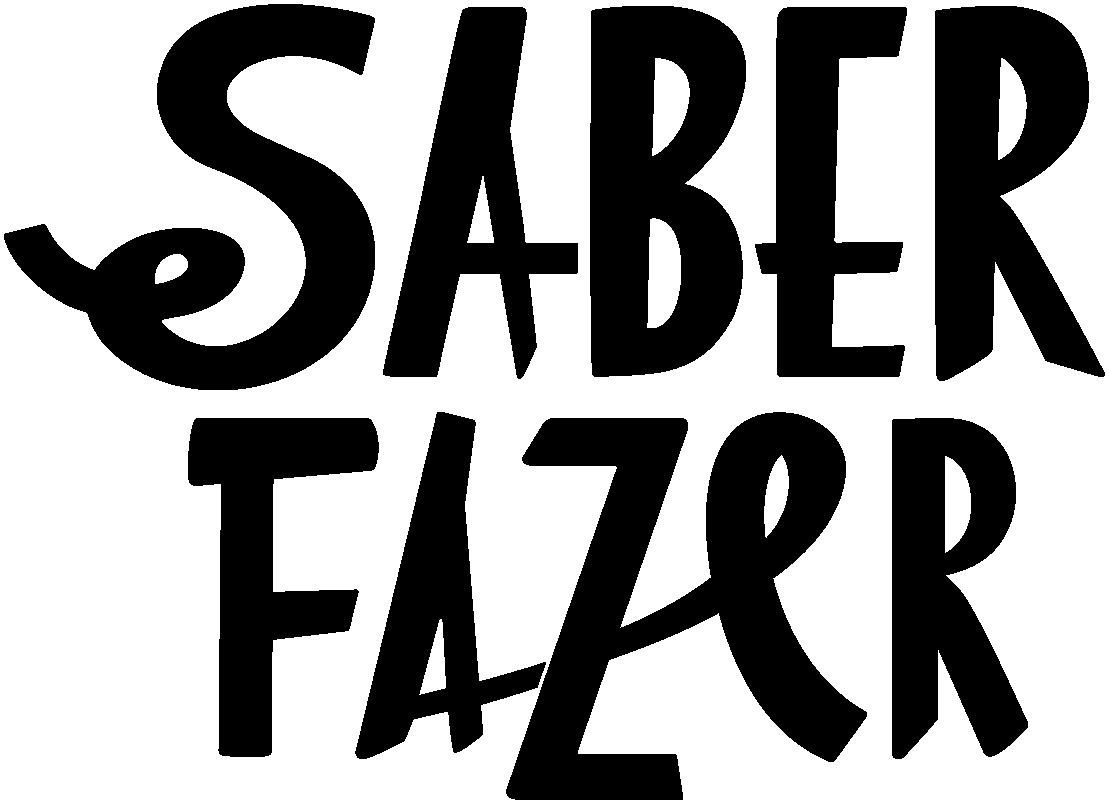Blog

Tempereiro
Tempereiro is the portuguese name for the metal ruler that is used to stretch the fabric on the loom, so that it doesn’t shrink while weaving.

Fulling the wool
Leafing through Tecnologia Tradicional: Pisões Portugueses, I thought it was a funny coincidence that the only photos of a fuller in action were those of Mr. Francisco's father, the fuller at Pisão de Tabuadela, which I've already had the opportunity to visit.

Fátima Gomes, Weaver
Fátima Gomes's rugs have stayed in my memory since I first saw and touched them last August. There's a rustic side to them that respects the natural beauty of the wool and, at the same time, manages to be incredibly sophisticated in its simplicity.

Winding the Warp
Since there are fewer traditional handlooms around and the people that have them work less each day, having the opportunity to help making a warp is a rare event. I had noticed that D.Ilídia's loom warp was almost over, so I kept insisting with her to make a new one.

Lúcia, Professional Weaver
In the short visit I paid to D. Lúcia, she showed me her loom, many of the blankets she weaves and even let me borrow the “drafts” she has. Unlike most of the weavers I've met, Lúcia weaves professionally full-time, on commission.

Preparing the flax for spinning
D.Maria shows us how to prepare the linen to be spun with a distaff and spindle.

Learning to spin flax
With D.Maria orientating me, I spinned linen for the first time.
She combed the fibers for me, and after teaching me how to put it on the distaff correctly, it wasn’t too difficult to spin.

Skeiners and Swifts
There are skeiners and there are swifts. Skeiners turn in a vertical plane and transform de the wool on the spindles into skeins. Swifts turn in a horizontal plane and transform the skeins into ball or spool.

Plying yarn using only the thumb
Still related to the different ways a yarn can be plied, here’s a small video where Zé Machado explains how to ply without any tools, using only his thumb.

Pisão of Tabuadela
Yesterday was my first visit to the Pisão of Tabuadela and to a pisão all together. I met Mr.Francisco, who is a “pisoeiro” and owner of the “pisão” he inherited from his father, who explained to me a couple of things about how it works and a few more about wool and “burel” - the traditional portuguese fabric made of woven felted wool.

The flock of Casa da Lã
Last monday we went to see the sheep where the wool spun by the Women of Bucos come from. Over there, the women have only two terms to differentiate the wool they work with: the “lã brava” (something like wild wool) and the “lã meirinha”.

D.Ilídia’s wool blankets
Before I went on vacation and while the Casa da Lã was closed, I went to Bucos to visit Ilídia at her house. It felt nice to have a slow afternoon just talking about everything. She was willing to tell me new things and I was eager to listen.

How a Fulling Mill Works
A technical drawing and a precise description of the mechanics and operation of a fulling mill, from a chapter titled “os pisões de Barroso”, written by Joaquim Fernandes Figueira, in volume XIII of the publications of the Congress of the Portuguese World.

Women of Bucos
At the Casa da Lã (house of wool), the wool is still transformed through artisanal processes by a group of women that gets together every thursday to work and talk – the Women of Bucos.

The flax field of Corredoura
Last saturday we went to the “Linhal”, a festivity where all the phases of production of Linen are performed by the Folclorical Group of Corredoura, in S.Torcato (Guimarães). It happens once a year, in the first saturday of July, during the afternoon.

